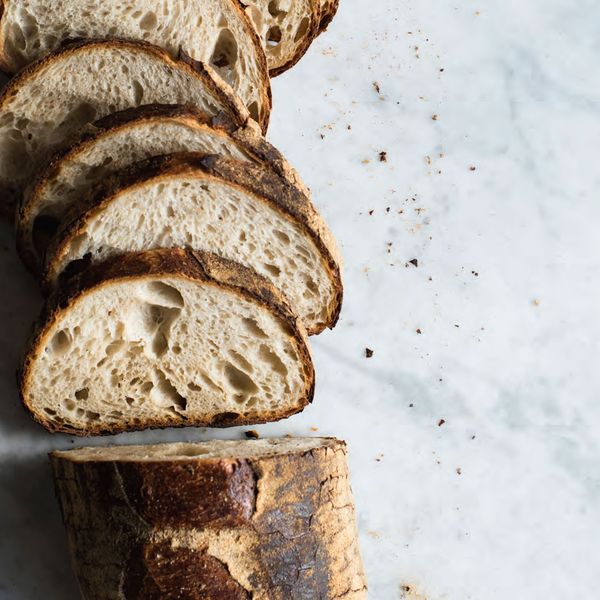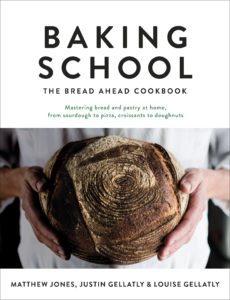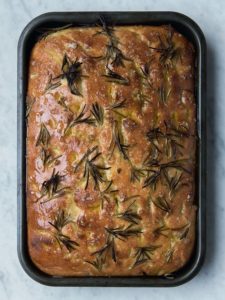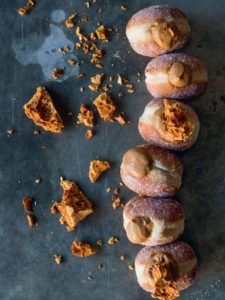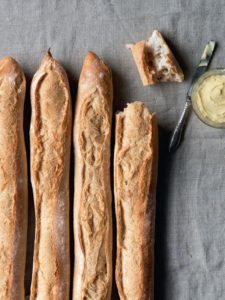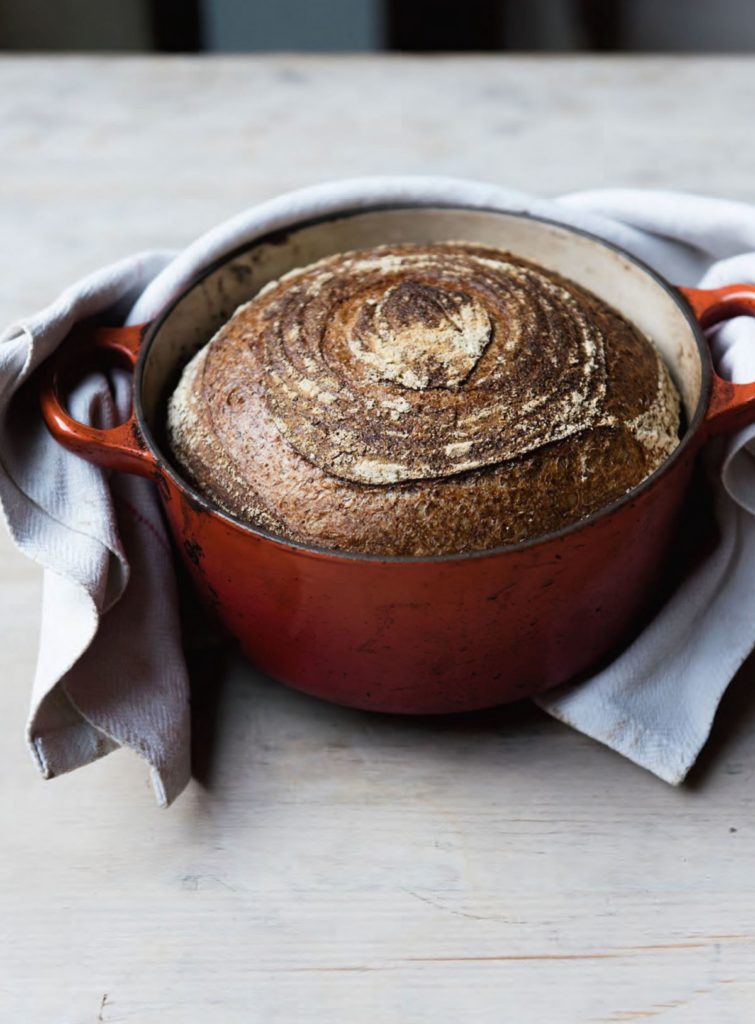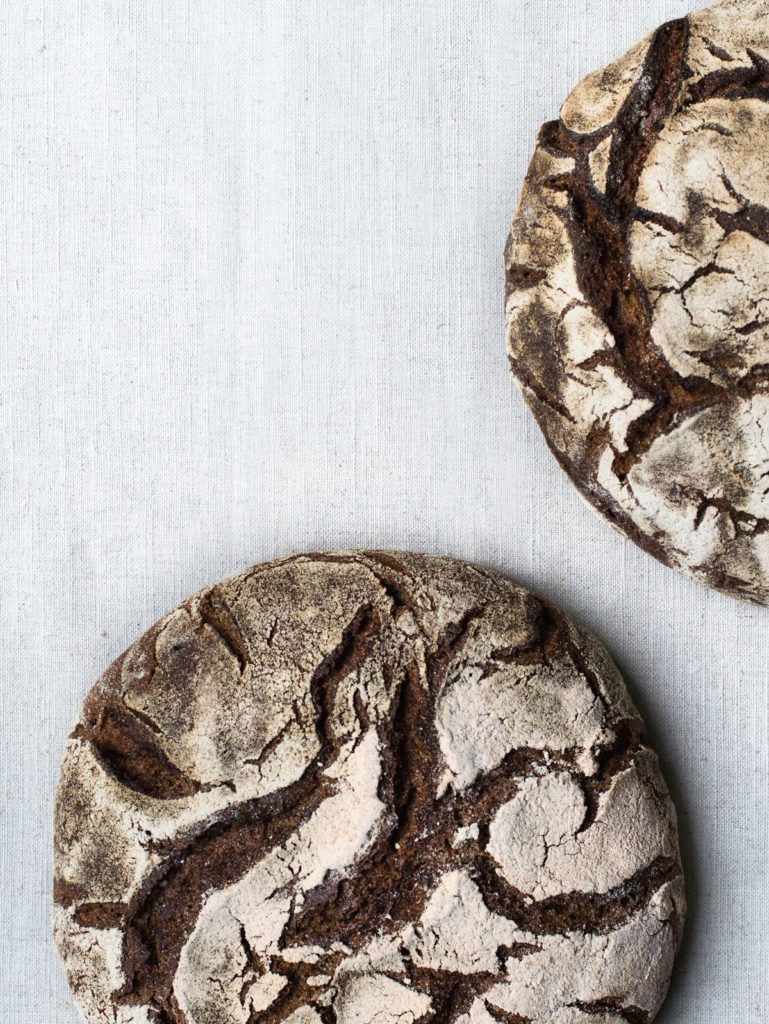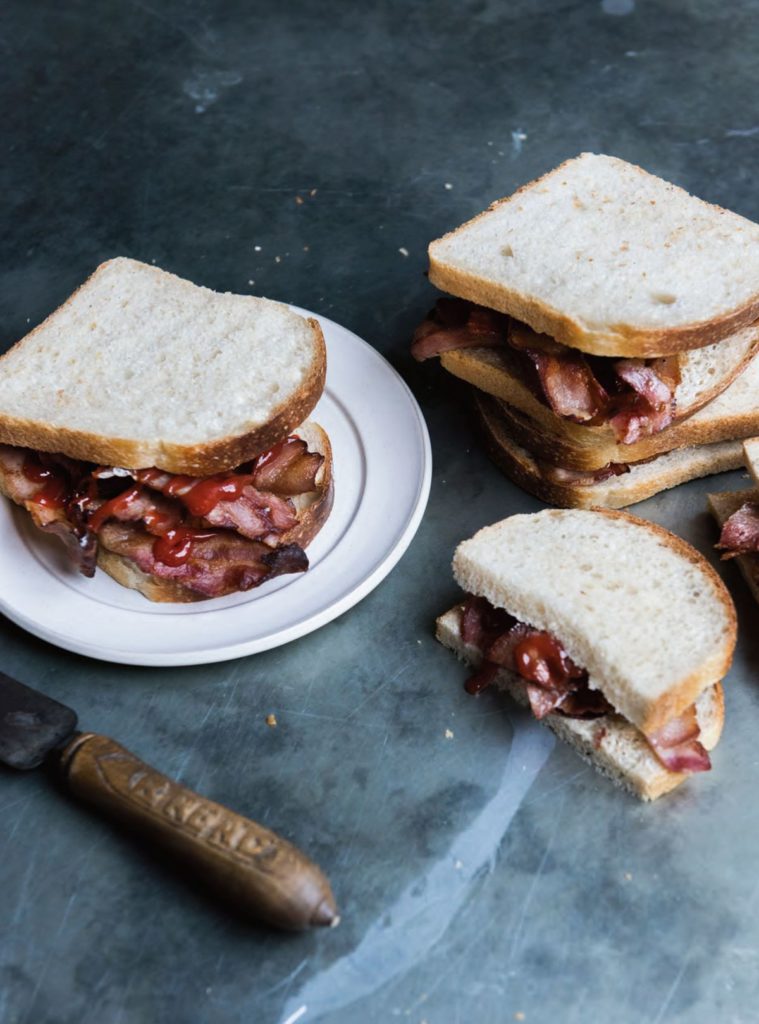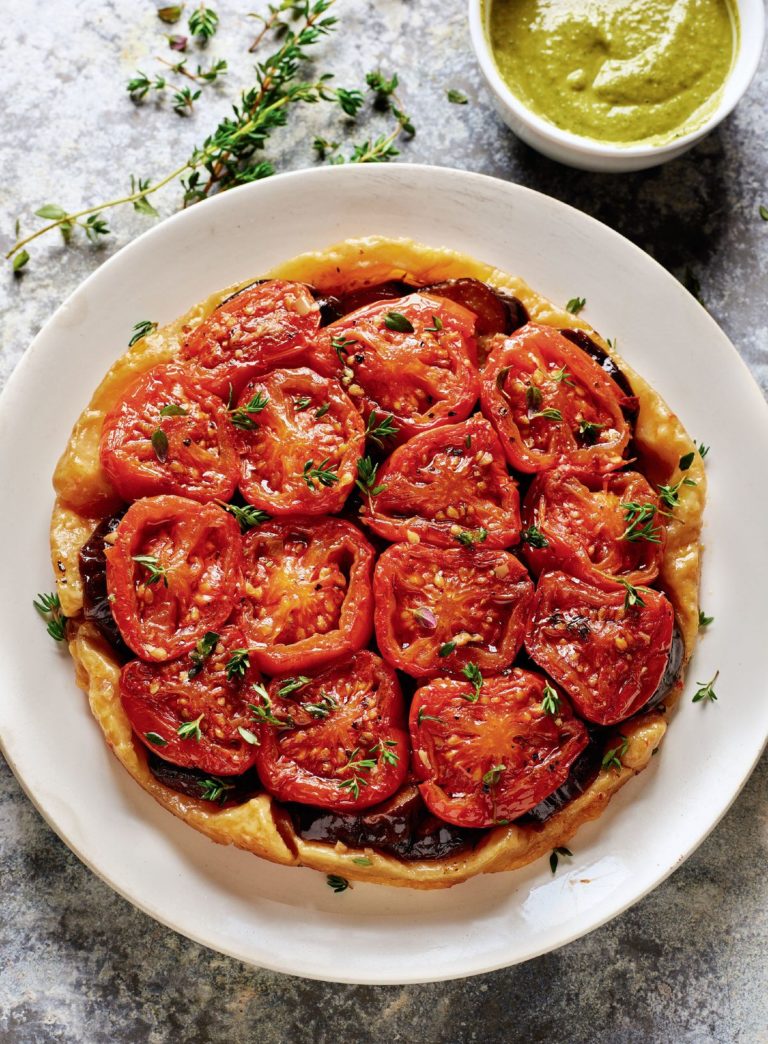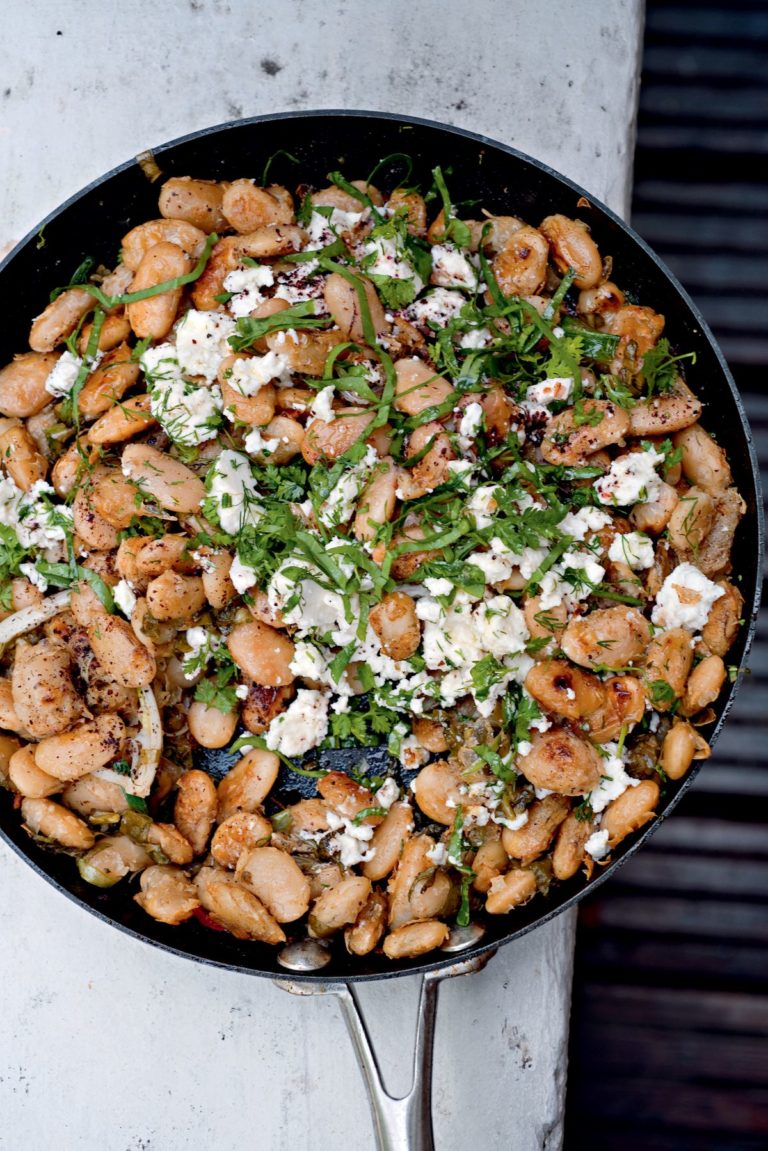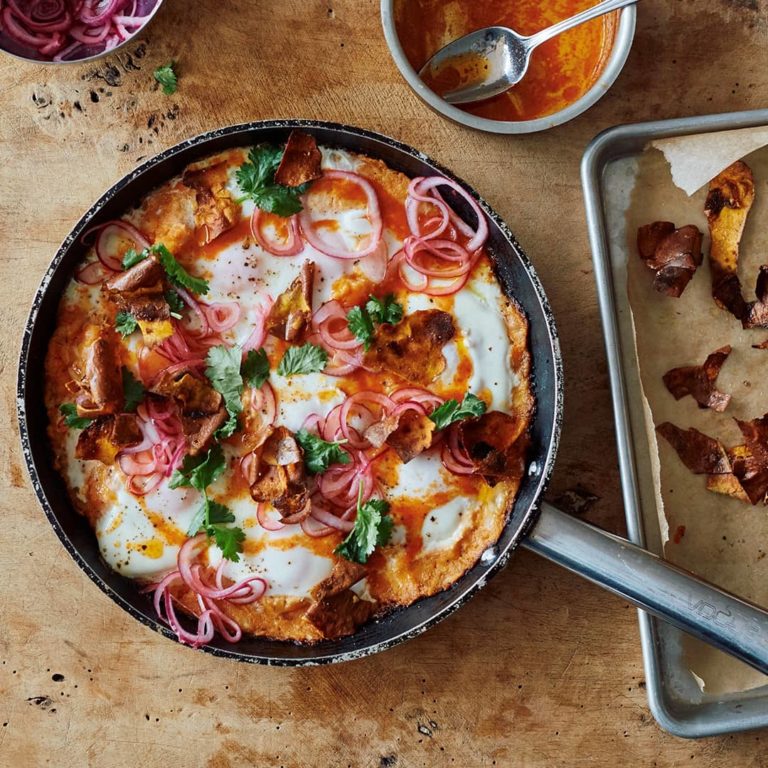If you’ve ever been to London’s Borough Market, chances are you couldn’t resist a stop at the now famous Bread Ahead bakery stall, piled high with sourdough loaves and those instafamous doughnuts. Founder, Matthew Jones, is a true baking master who not only operates stalls across London and supplies bread to hundreds of the city’s top restaurants, but also runs a lively baking school, teaching everything from the fundamentals of bread baking to courses on sourdough, puff pastry and more.
More of us than ever before have been learning to bake bread, perhaps drawn to the promise of a fulfilling way to pass the time while learning a life skill, or the comfort of knowing you have the tools to bake your own bread whatever happens. Whatever the reason, there is a unique joy to be found in filling the home with the smell of homemade bread, but the path to a good loaf is not without its setbacks or conundrums. Why didn’t my dough rise? How do I knead properly? What does ‘knocking back’ mean? And, most common of all, what is a sourdough starter and what’s all this about ‘feeding’ it? The answers to all of these questions and more can be found in Baking School, Matthew’s cookbook co-written with Justin and Louise Gellatly, which is brimming with simple step-by-step recipes and guides that are so well written it’s like being in the Bread Ahead classroom. In this extract from the book you’ll get the definitive answers to all of those sourdough starter questions as well as a basic recipe to get yours going. We hope it will form the basis of many a satisfying loaf to come. And if it inspires you to pick up a copy of the book and take your baking to the next level, you can download a copy of the ebook here.
From the book
Buy From
Over to Bread Ahead…
It’s important to relax about your sourdough starter – all you need is flour, water and time, plus the right conditions, which you can control! Don’t forget to name your starter, as it will become part of the family – our starter at Bread Ahead is called Bruce, after Canon Bruce Saunders, who was the first clergyman to bless our bread at Southwark Cathedral.
Here are our starter recipes as well as some pointers on how to look after it.
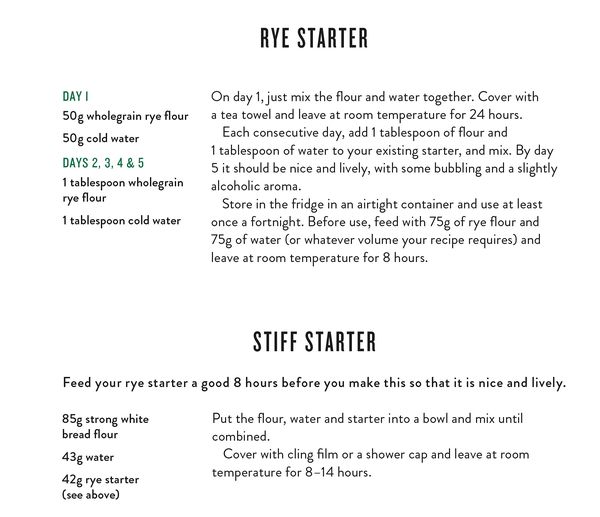
Don’t forget to download your copy of Baking School here.
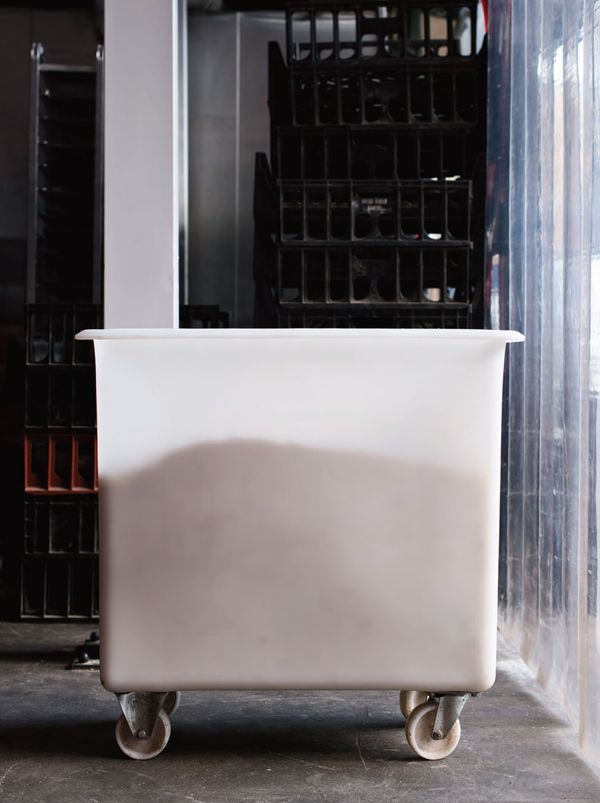
Caring for your starter
What is a sourdough starter (aka ‘mother’)?
A sourdough starter is used to cultivate wild yeast in a form that we can use for baking. Since wild yeast is present in all flour (and in the air), the easiest way to make a starter is by combining flour and water and letting it sit for several days.
Which flours can I use to make a starter?
You can use any flour to make a starter, but we recommend using a wholegrain rye flour (and we use this in our production bakery). Rye starters tend to be a bit heartier and more resilient than their white counterparts.
How long does it take to make a starter?
It should take about 6 days to create a healthy, bubbly starter. By this point, your starter should have a honeycomb pattern of bubbles in it and a slightly alcoholic aroma.
How/where should I keep my starter when I’m making it?
During these first 6 days (when you’re feeding and growing your starter), it should be kept loosely covered at room temperature.
How/where should I keep my starter after the first 6 days?
If you’re not baking with your starter straight away, put it into the fridge, with the lid of the container firmly fastened. If you’re not baking regularly with your starter, you’ll need to give it a feed (50g of flour and 50g of water) every 2 weeks.
What if I’m going on holiday for more than 2 weeks?
You can freeze your starter. Once you’re ready to use it again, allow it to defrost at room temperature, and feed it daily (50g of flour and 50g of water) until it’s back to its bubbly self (this may take a few days).
What happens if liquid appears on top of my starter?
Don’t worry if this happens – it’s harmless and is referred to as ‘hooch’, which is naturally occurring alcohol. It’s basically your starter saying ‘I am hungry’ and ‘FEED ME’. The hooch can either be poured off or mixed back into your starter – we are ‘hooch in’ at Bread Ahead.
How do I know when my starter is no longer rescuable?
If your starter begins to smell like dirty nappies, or the result of a night on the Brussels sprouts, it’s time to throw it away and start again. Simply give it a stir (it will probably have a sizeable layer of hooch on it by this point in time), then transfer 50g to a new container (discard the rest) and feed it daily with 50g of water and 50g of flour until it’s bubbly and ready to use.
Once I’ve decided to bake a loaf of bread, when and how much should I feed my starter?
Once you decide you’re going to bake a loaf of bread, you’ll need to feed your starter 8–12 hours before you bake (if you’re using a wholegrain starter you’ll need to feed it at least 8 hours before; if you’re using a white starter, you’ll need to feed it at least 12 hours before). Take a look at your recipe, and if it calls for 150g of starter, feed your starter with 75g of flour and 75g of water so that the total volume of added ingredients is 150g. Then leave your starter out at room temperature, covered loosely, until you’re ready to use it.
What should I keep my starter in?
This largely comes down to personal preference. Kilner jars are a popular option, but we’ve kept very healthy starters in plastic pots for years without any problems.
How much starter should I generally keep?
Again, this largely comes down to personal preference, but we recommend keeping about 500g.
What is the difference between a starter and a stiff starter?
So from the rye starter we make our stiff starter – from Bruce to Son of Bruce. We use this stiff starter in many of our sourdoughs at Bread Ahead, feeding daily over 500kg. The main difference is, as the name suggests, that it is stiffer – with more flour and less water being used it is easy to handle, especially on a large scale. It still gives you a lovely depth of flavour for your sourdough – it’s really a matter of personal preference.
Now you’ve got that sourdough down, why not try these recipes from the book:
From the book
